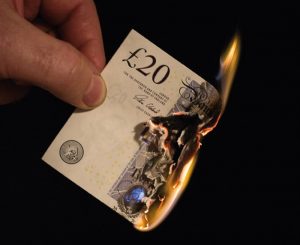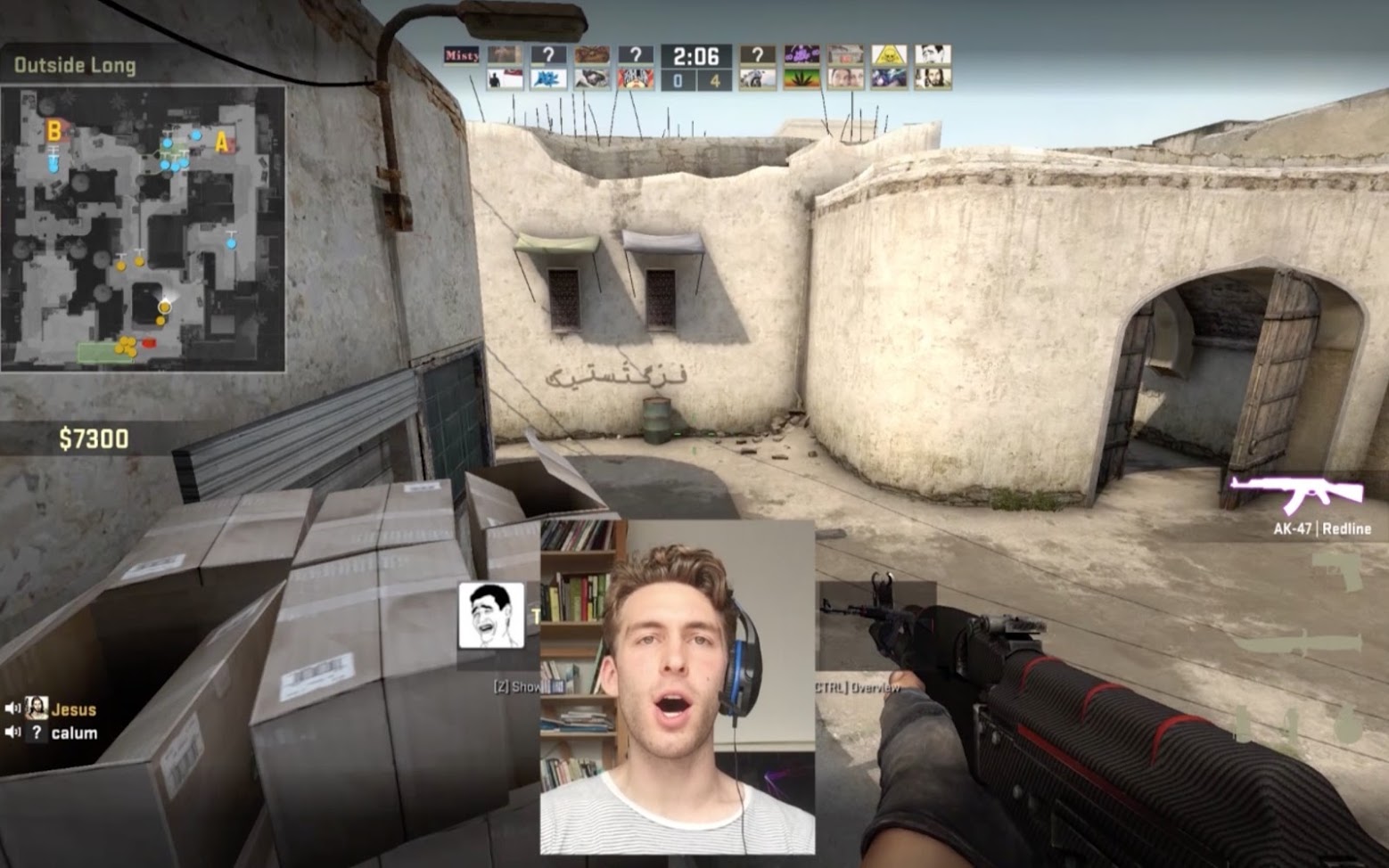
Calum Bowden, Calls of Duty, 2016
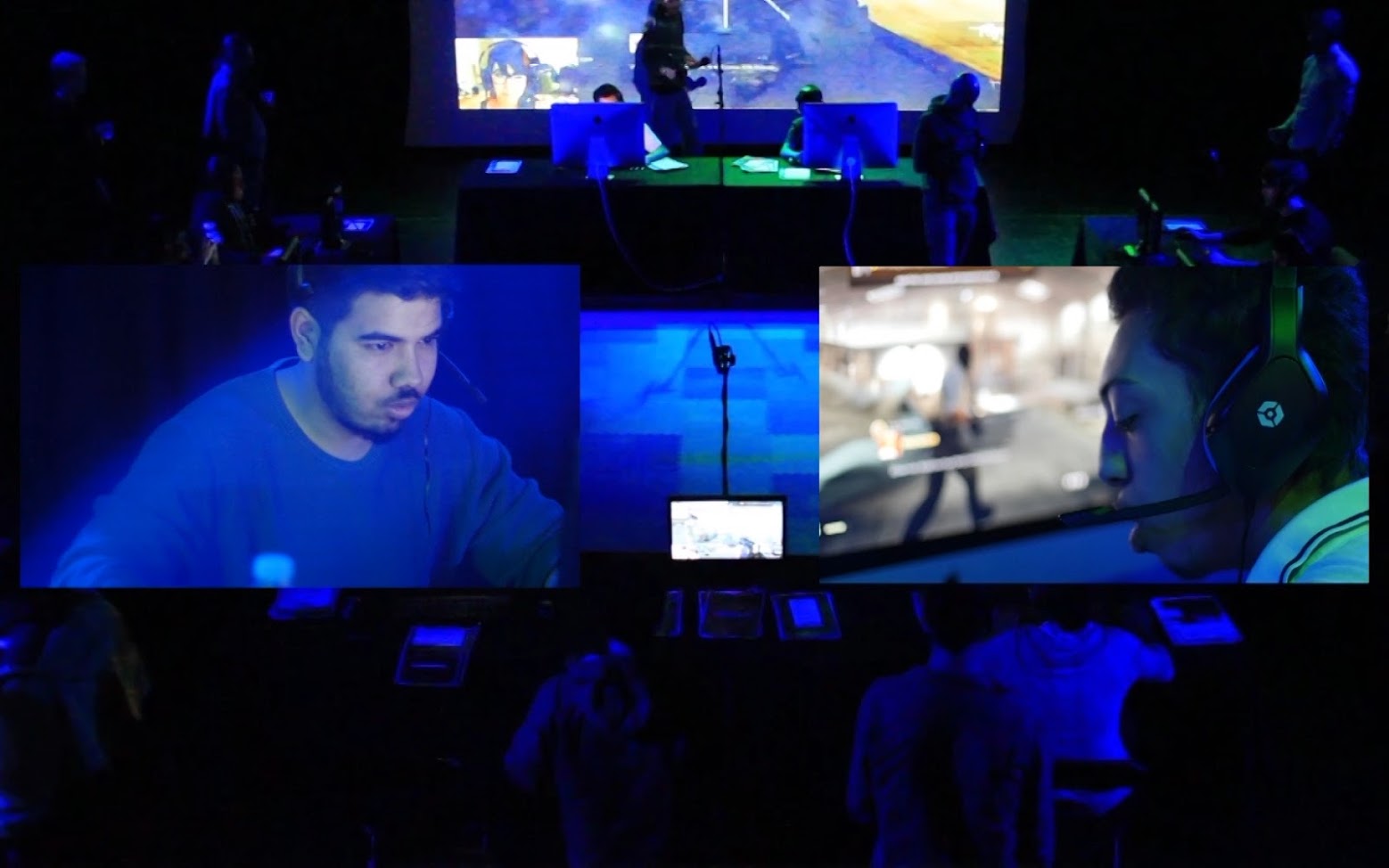
Calum Bowden, Calls of Duty, 2016
Calum Bowden, Calls of Duty (trailer), 2016
There’s a long tradition of artistic infiltration into the first-person shooter game Counter-Strike. Classical examples include Anne-Marie Schleiner, Joan Leandre and Brody Condon with Velvet Strike, Eva and Franco Mattes with Freedom.
Design Interactions graduate Calum Bowden gave a more choral twist on the practice when he invited young people from the Active Change Foundation (a youth centre and leadership organisation in Walthamstow, East London) to engage in a group performance inside the famous war game. Together, they hijacked its voice channels and opened up a series of discussions with unsuspecting players who might not hold the same views as them. Participants staged their own interventions over a series of workshops. While playing, some of them started reading famous texts, others sang anti-war songs, or read ‘inspirational quotes’ by Albert Einstein or Coco Chanel. The reactions from the other players ranged from hostility to friendliness. The most open players even joined the live experiment by sharing their own messages.
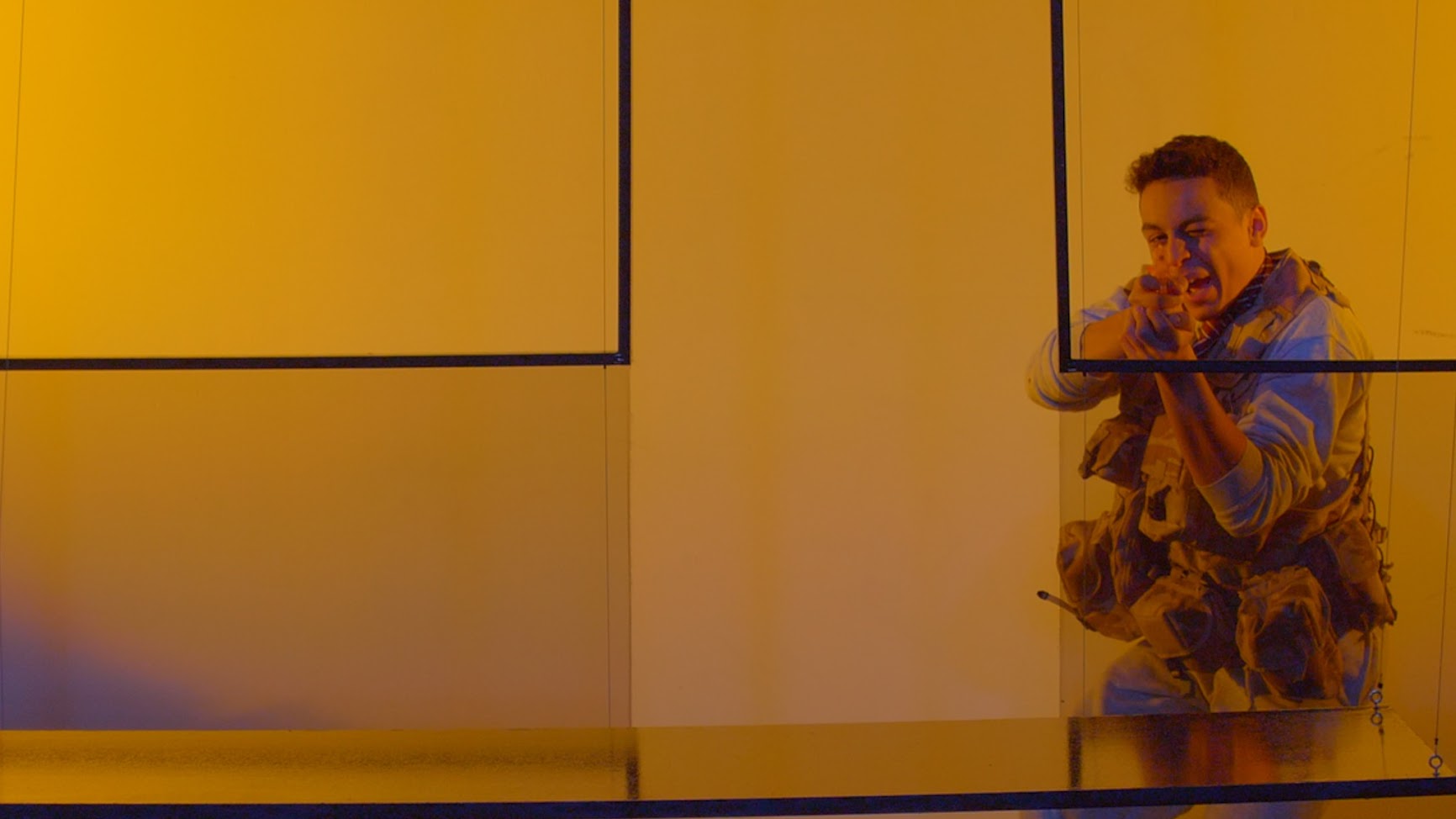
Calum Bowden, Oxygen of Terror, 2016
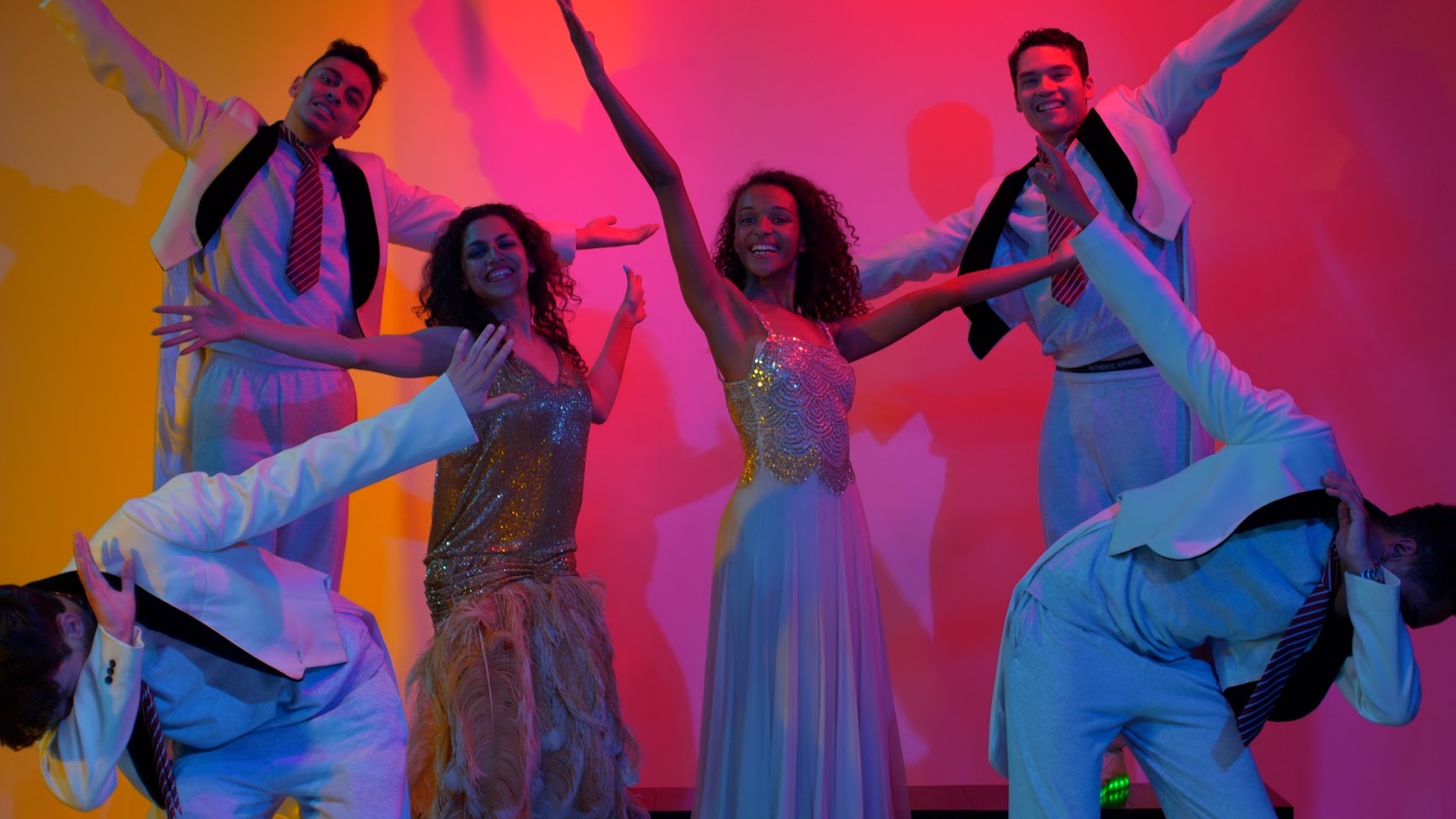
Calum Bowden, Oxygen of Terror, 2016
Bowden recently presented the result of these intrusions into Counter-Strike at the RCA Graduation Show in London. But the designer also showed another work which uses a radically different entertainment channel to touch upon questions of radicalisation, spying and UK government role in spreading a climate of suspicion.
Oxygen of Terror is a short musical film that tells the story of a boy wrongly accused of being an extremist by his teacher in a London academy. Now i wish i could remain neutral here but i absolutely DETEST musicals. For every possible reason you can imagine. But what makes this one interesting is that Bowden subverts the genre to denounce how teachers and other people working in education are now used by the UK government as gatekeepers whose role involves spotting extremist ideas and identifying children at risk of being drawn into terrorism.
Oxygen of Terror shines the spotlight on the thin veil of liberalism too common in today’s society. The Western liberal ideology fails to even acknowledge the existence of the illiberal domestic and foreign policies it relies on.
I had a quick chat with the young graduate:
Hi Calum! If i understood correctly Calls of Duty started with a series of workshops and performances at a youth centre in Walthamstow in London? Why did you chose that particular youth center and what were you hoping to achieve there?
To date Calls of Duty has taken three different forms. I began by singing a version of the satirical Vietnam war protest song I-Feel-Like-I’m-Fixin-To-Die-Rag by Country Joe and the Fish that I adapted for the War on Terror, into the games Call of Duty and Counter Strike. The song was first adapted for the Gulf War in 1991 by The Passion Killers.
Then I organised a group occupation, inspired by a project I took part in at the Wysing Arts Centre called A Feminist Chorus by the artist Lucy Reynolds. Her project is about the communal voices of feminist history, and I found the format interesting because it’s not a polished performance, but more like a rehearsal, and participants are invited to bring whatever they like to the events. Each becomes the author of their own performance and a chorus is created as we all read or sing out at the same time and the individual blends into the group. For this first Calls of Duty event I invited a small group of people from a range of backgrounds – a lawyer, a teacher, an academic, a local council member, a scientist, a writer, two activists, and a journalist. Lucy Reynolds took part and gave an introduction to her project, and I invited Zahra Qadir, Social Media Officer at the Active Change Foundation (ACF). I had seen Zahra and ACF’s work in and around social media, in particular the viral #NotInMyName campaign which uses twitter to take a stand against islamophobia.
ACF is a youth centre and leadership organisation in Walthamstow that provides anyone from the area somewhere to go and hang out after school – play video games and ping pong – and then ACF starts discussions about the issues they face and works to counter messages of hatred. I wanted to learn about Zahra’s work and collaborate with ACF because of the ways they subvert the uses of social media without shying away from them. In April 2016 a performance was devised with ACF, part of the Rich Mix Cultural Foundation’s Radical Ideas series, which saw 10 teenagers stage interventions in the game Counter Strike. Over three workshop we discussed our favourite games, game genres, structures, themes, and graphics. I was interested to learn that, while they had played them, none of the people I met liked war games or first person shooters. Too boring and simple. Those on ACF’s Young Leader’s Programme develop individual campaigns which play out on twitter, youtube, instagram and snapchat, and we talked about their work. Together we played Counter Strike, and began intervening in the game ahead of the event at Rich Mix.
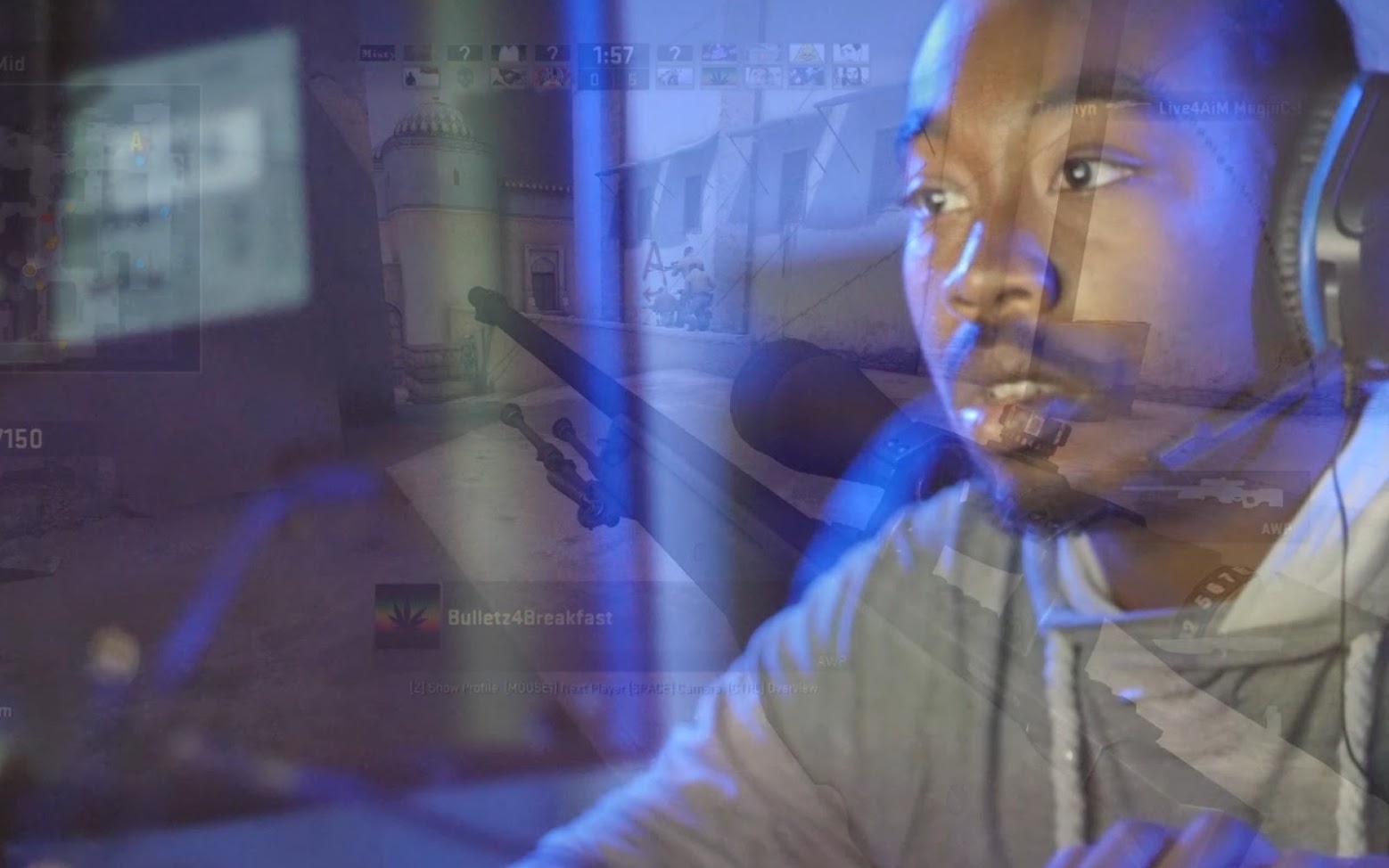
Calum Bowden, Calls of Duty, 2016
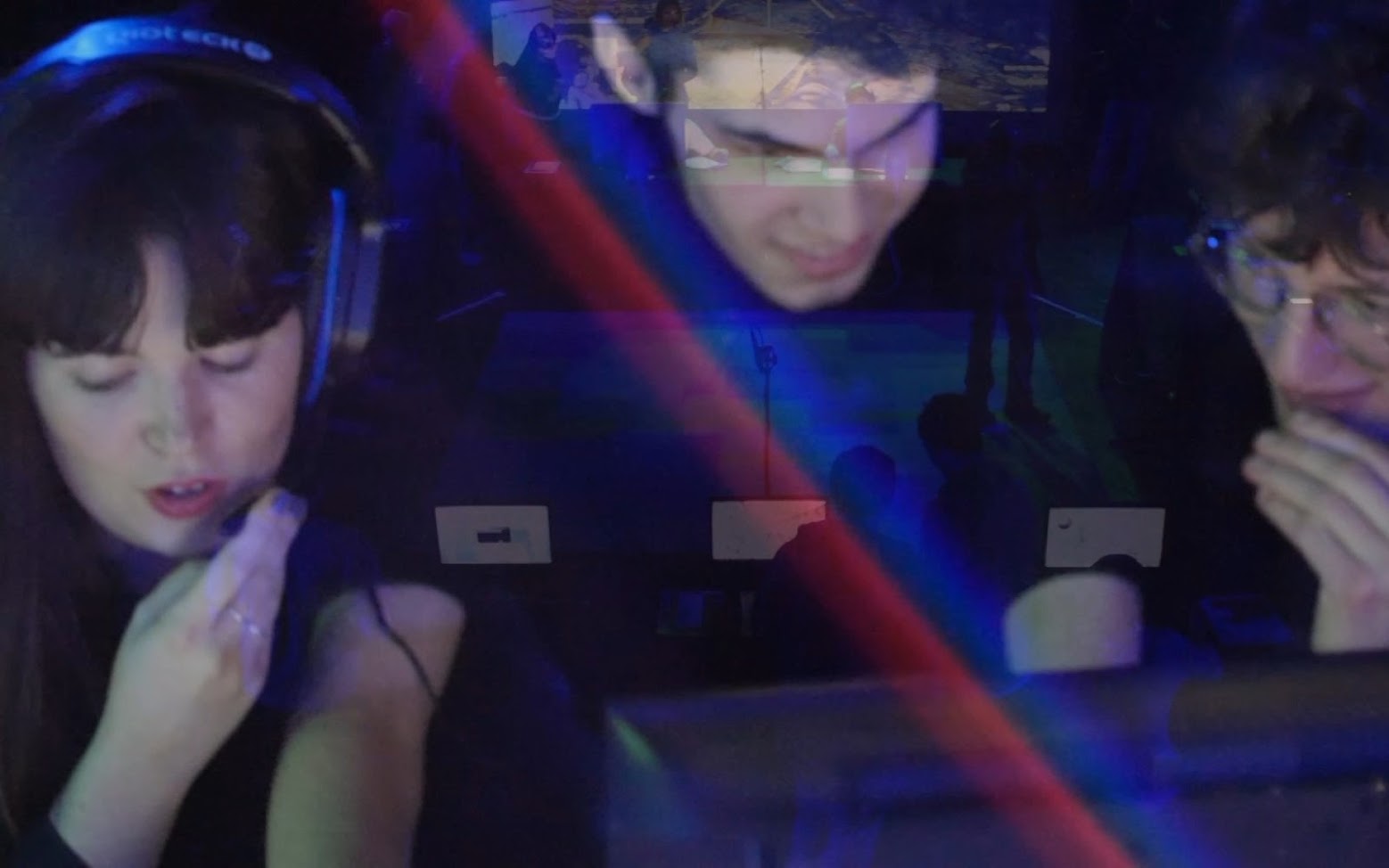
Calum Bowden, Calls of Duty, 2016
Could you tell us about some of the interventions? What did participants chose to read or sing? What kind of conversations were they hoping to start?
The tone of the interventions varies a lot. I thought it was important to have a sense of humour since we are essentially trolling, but some players really liked the more serious readings. One player was scheming to start a poetry expansion pack that they could sell to other players. It was interesting to see the differences between the first event where I had to give everyone a crash introduction to playing video games, and the event with AFC were everyone was able to intervene in a different way because of familiarity with the game, and ways of speaking while playing.
Here are some of the different contributions people have made:
‘Which Side Are You On’ from the Greenham Common Women’s Peace Camp
‘30 of the Most Inspirational Quotes of All Time’
‘Time’ by Ibrahim Issifu (biggie)
‘The Burning of Paper Instead of Children’ by Adrienne Rich
‘Gimme Shelter’ by Patti Smith
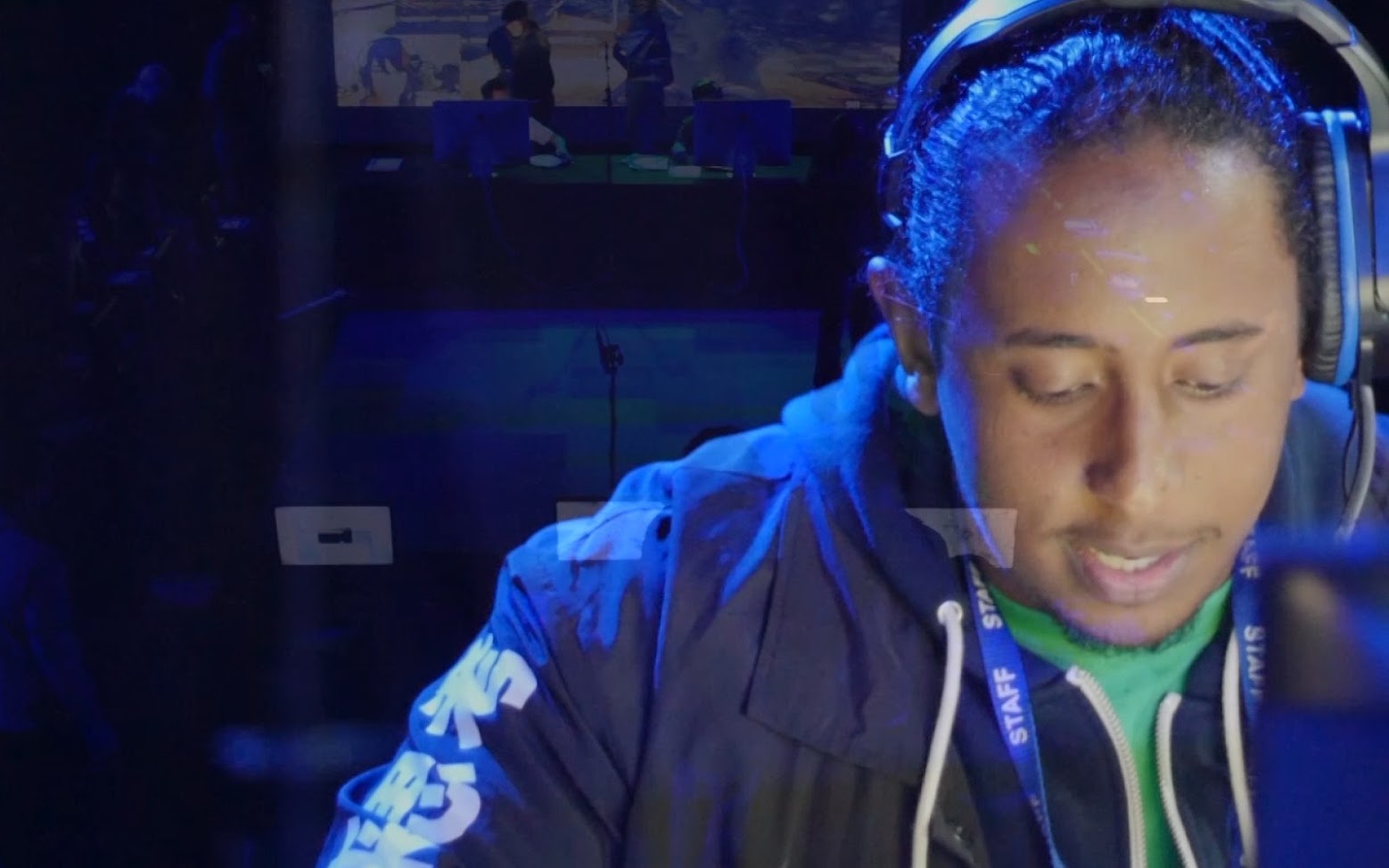
Calum Bowden, Calls of Duty, 2016
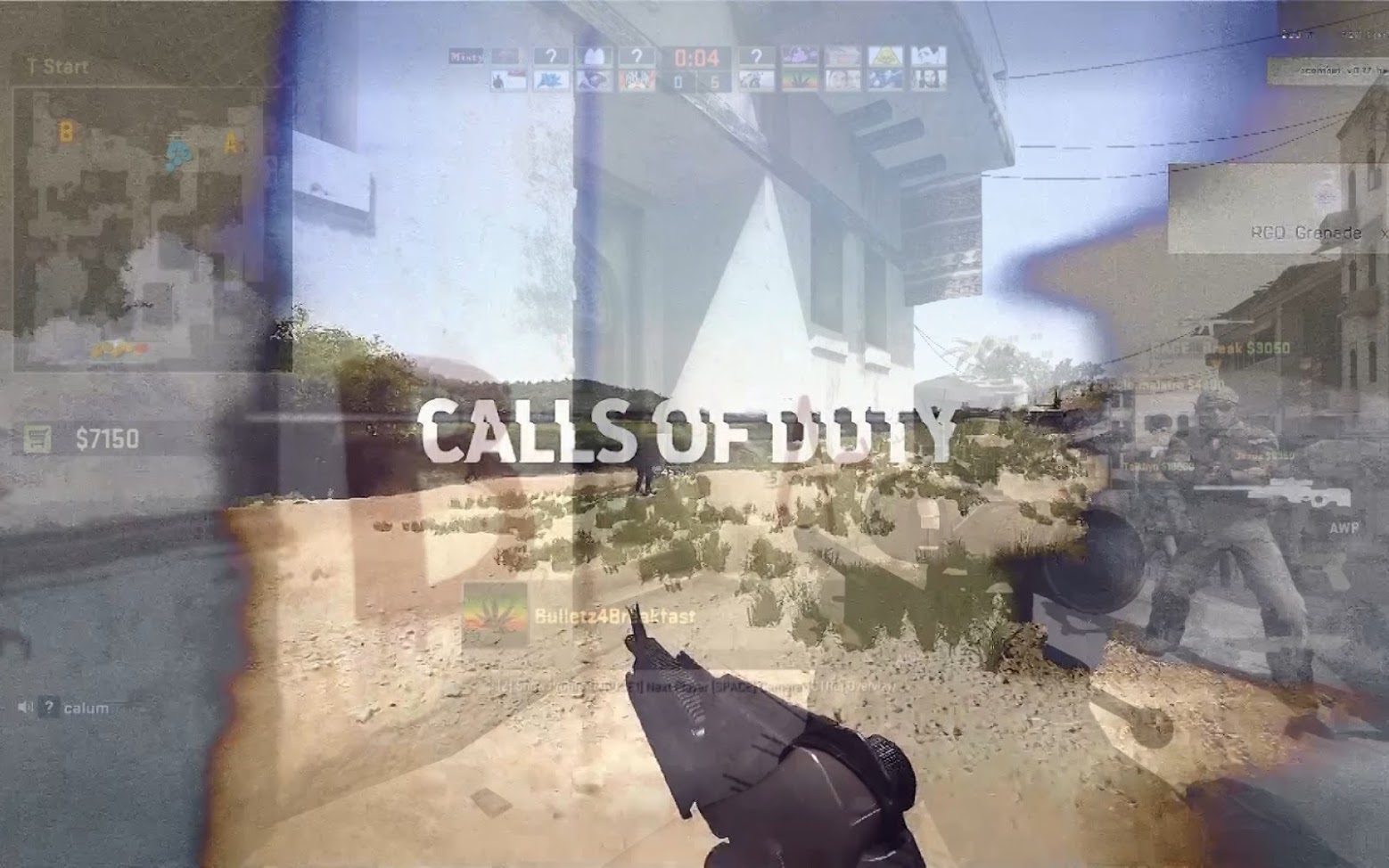
Calum Bowden, Calls of Duty, 2016
Sushi Lulu, 13 Minutes of Gender Based Sexual Harassment on CSGO
And of course i’m very curious about the response of the other players? From what i’ve seen in Sushi Lulu’s video, I’d expect them to have little sense of humour…
I think the random players are key participants as so much depends on them. There are usually 400,000 – 500,000 people on Counter Strike at any moment. The reactions we get are really varied. The most common response is a bit of swearing and joking. When I’m singing people will often start singing something back to me, choosing their own song, echoing my words, or just making loud noises to block me out. I’ve found that while the texts are a good starting point, people quickly go off book, responding to the reactions they get and having discussions with the players. There’s a feature in the game where players can vote each other out. More often than I expected, people vote for us to stay in the game. One of the best reactions was when someone was reciting a song, and this player turned out to be a Grime artist and started sharing some of his verses with them.
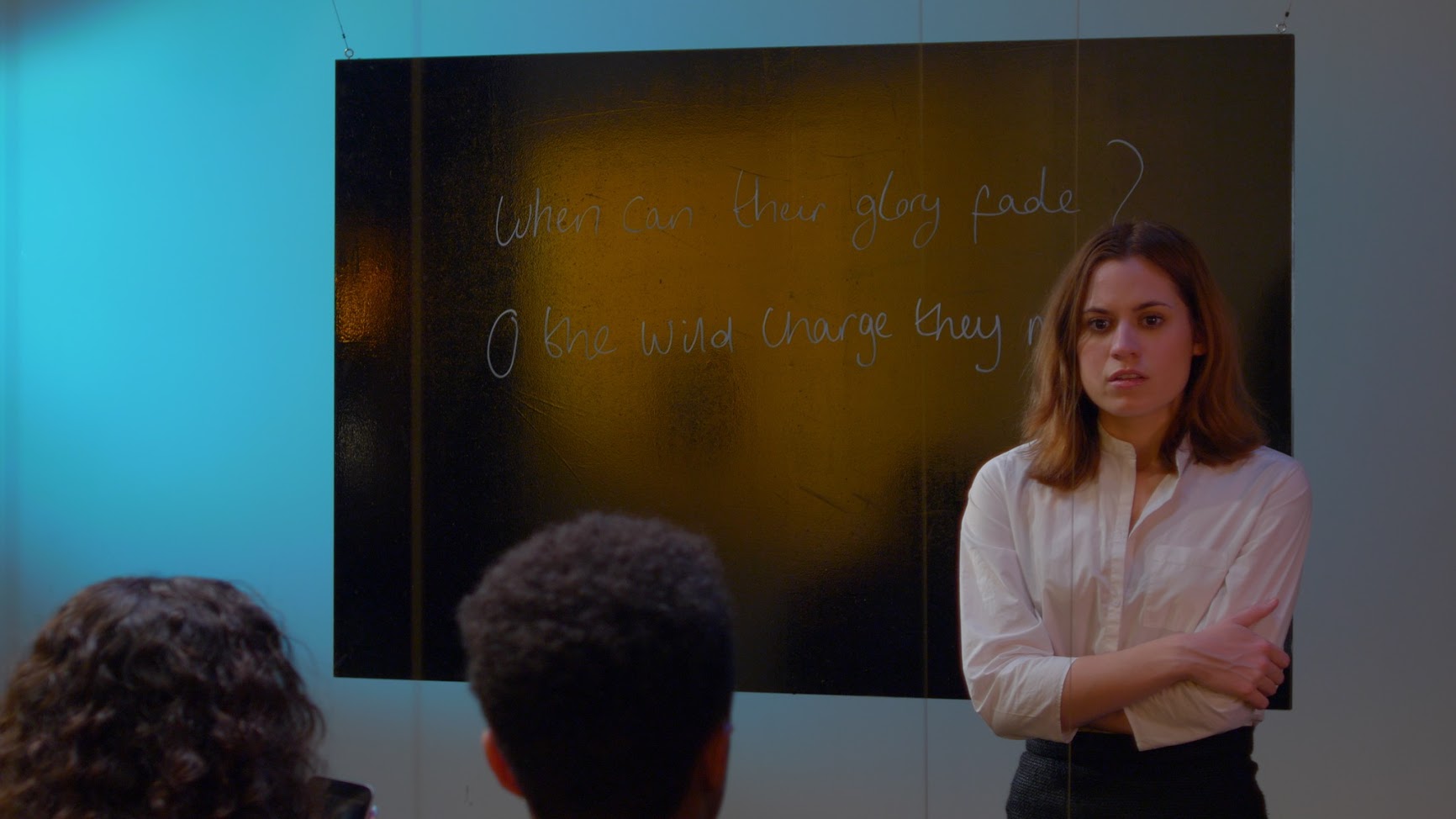
Calum Bowden, Oxygen of Terror, 2016
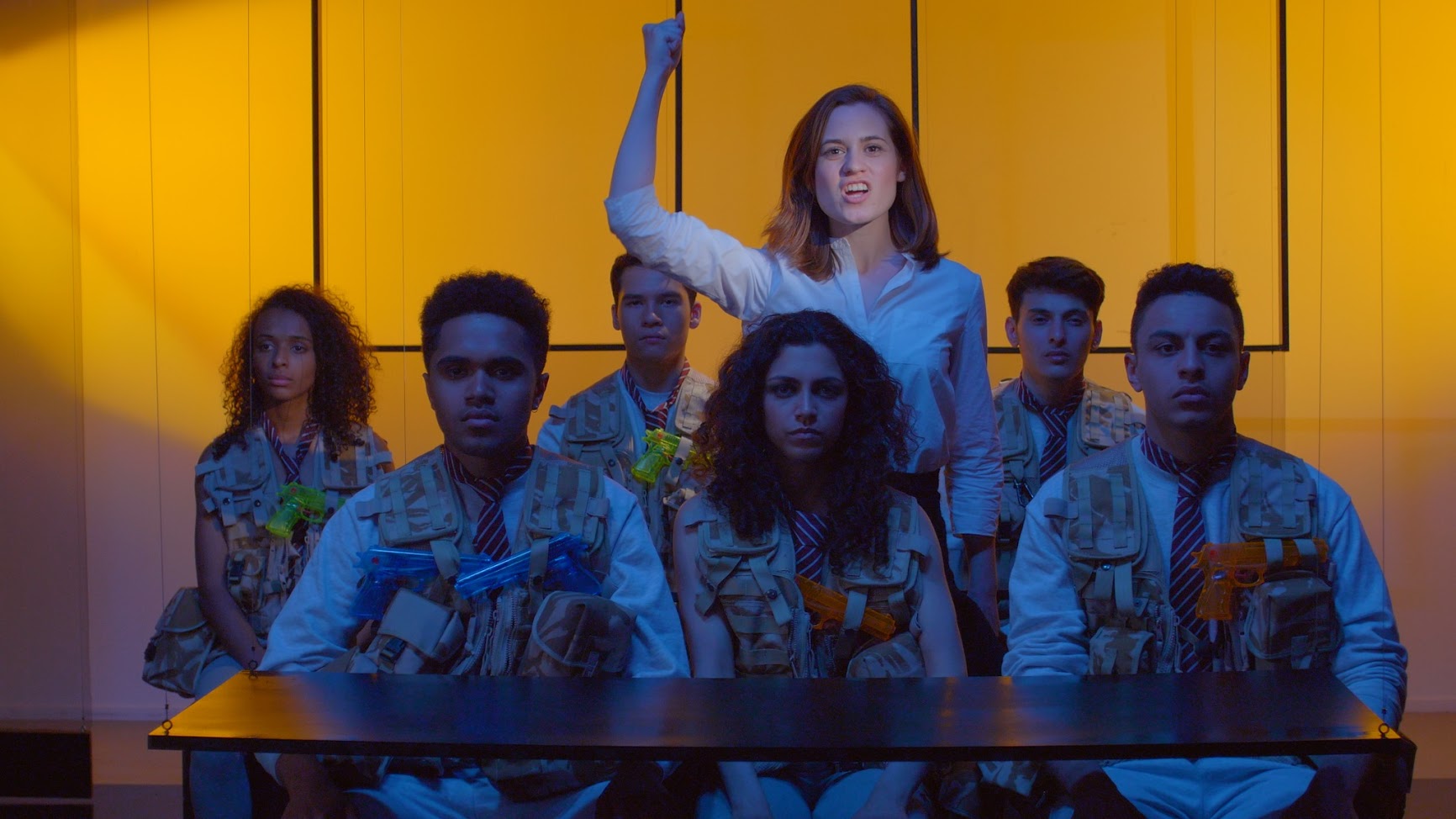
Calum Bowden, Oxygen of Terror, 2016
Now about Oxygen of Terror. I hope you won’t feel offended but i need to tell you that i absolutely loathe musicals. I just don’t get the charm. First, (and this is probably because i’m not a native english speaker), i don’t understand most of the words they sing in musicals. Then i find it a bit baroque and old-fashioned. I do like your project a lot though. Anyway, while i can see the interest of contrasting the genre and the theme of terrorism, i’m wondering what other reason(s) you might have had to use the musical genre for this project?
Not offended at all! It’s this strangeness, divisiveness and absurdity that I think make musicals interesting as a framework for criticism. It’s a highly ideological genre, which I first saw in John Gay’s The Beggar’s Opera (1728), an anti-opera that satirized the popular and elitist Italian opera of his time for the exact same over the top baroque qualities you talk about. Gay’s musical became the inspiration for Bertolt Brecht’s The Threepenny Opera (1928), which at its best is a critique of different ways the working classes were controlled in the early 20th century. Song and humor are used to depict a muddy morality where good and bad are entangled. Brecht opposed naturalism and wanted to emotionally distance audiences thinking it would motivate a critical perspective on the construction of reality so that it might be changed. Characters erupting into song added to this distancing.
Golden age Hollywood musicals, produced in the 1930’s through 1950’s, were politically conservative, glamorising traditional family values, sexism, and racism. This was during the era of Joseph Mccarthy (1950-1957) whose witch hunt for communists bares frightening similarities to the contemporary witch hunt for ‘islamic extremists’. This was also the era of the Motion Picture Production Code (1930-1968) that banned interracial sex relationships on screen.
Musicals such as Show Boat (1951), An American In Paris (1951) or Ziegfeld Follies (1945) illustrate a vision of white utopia. In the ‘Color of Entertainment’, Richard Dyer argues that Hollywood musicals depict a reality where eruptions of song and dance break the confines of life, but that emancipation is offered only to white people: “Blackness is contained in the musical, ghettoised, stereotyped, and ‘only entertainment’… the antithesis of the entertainment offered by the musical…Where musicals most disturbingly create a vision of race is where they say that it is only the privilege of whites to be able to do this, and what that says about the white dream of being in the world.”
In Oxygen of Terror, the musical form is used to examine implications of UK government policy on terrorism and extremism with a lightness of touch, to subvert this implicit conservatism.
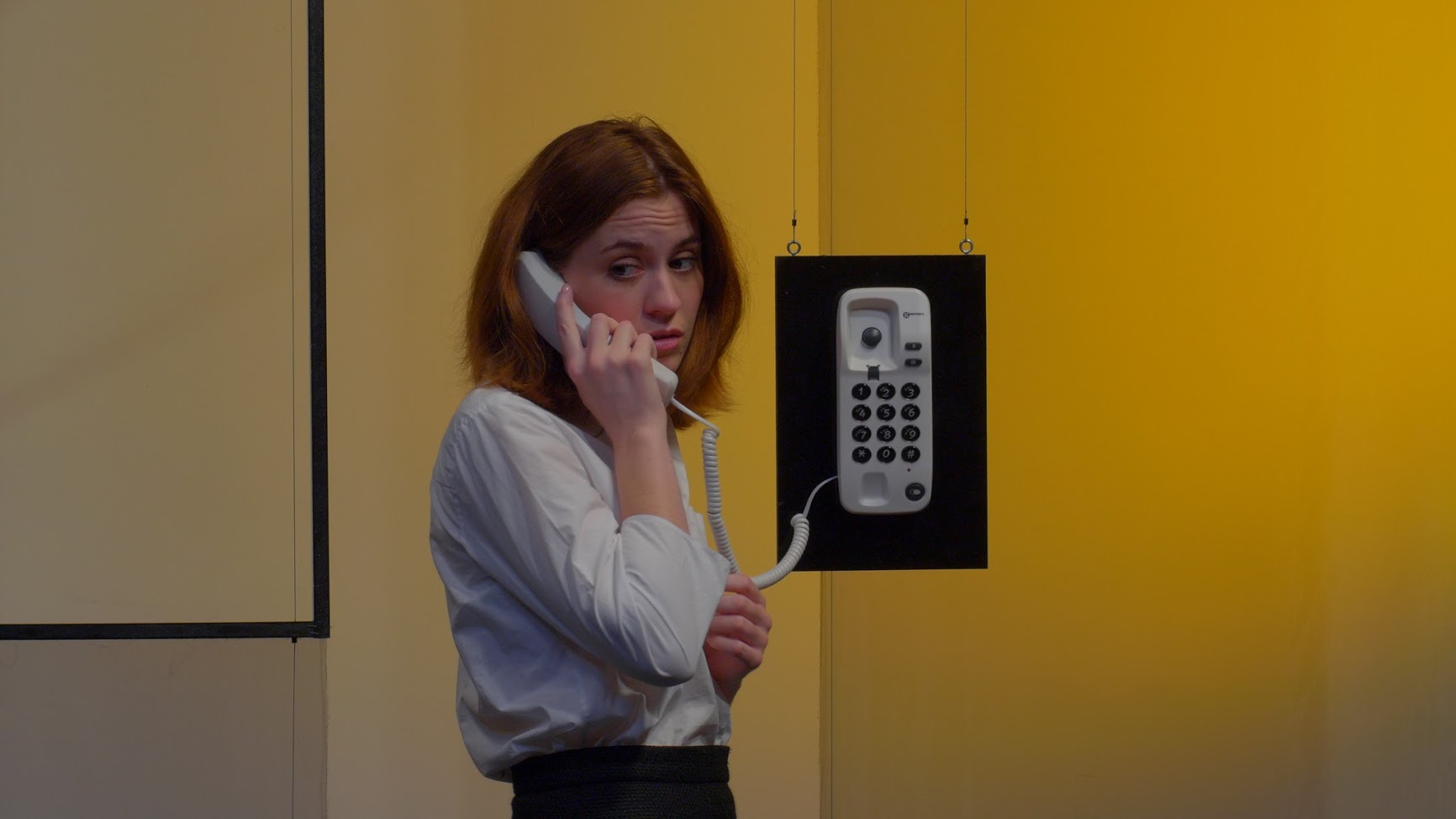
Calum Bowden, Oxygen of Terror, 2016
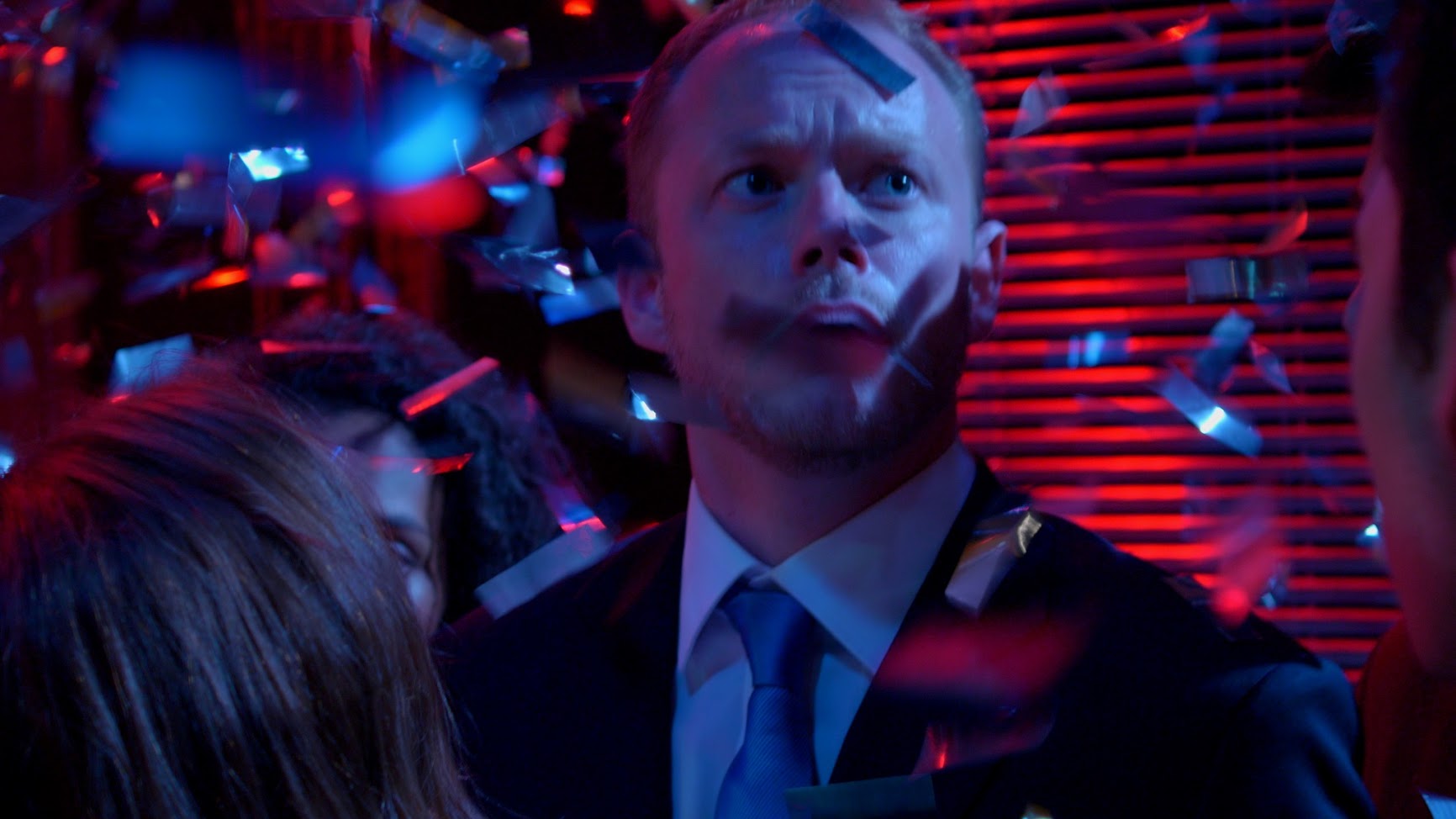
Calum Bowden, Oxygen of Terror, 2016
Also could you explain me the title? Why ‘oxygen’? (maybe it’s explained in one of the songs but as i mentioned above, i really struggle to understand the words, not in your musical in particular, all musicals are difficult to understand for me)
The title ‘Oxygen of Terror’ is about questioning what are understood to be the causes of terrorism, and is adapted from a 1985 speech in which Margaret Thatcher blamed the problem of terrorism on media. Ever since there has been international terrorism, Western governments have worked hard to find ways to avoid blaming themselves. Today the British and American governments blame terrorism on ideology.
Thatcher gave her speech in the context of the Irish Republican Army, and instead of acknowledging the direct role British imperialism and the military played in fueling terrorism, she blamed the news: “The hijacker and the terrorist thrive on publicity: without it, their activities and their influence are sharply curtailed…we must try to find ways to starve the terrorist and the hijacker of the oxygen of publicity…” Thatcher put this into policy with the British Broadcasting Ban (1988-1994) which saw the voices of those seen by the government to be associated with ‘terrorist’ political parties (Sinn Fein and Gerry Adams) banned from being broadcast on TV. In an absurd twist, BBC journalists found a way of skirting the law by dubbing the interviews with voices of actors.
Thatcher’s broadcasting ban didn’t wipe out the IRA. What it did was further remove Sinn Fein and their legitimate political arguments from the British democratic process. Rather than simply media or ideology breeds terrorism, the tightly controlled mediation of Sinn Fein had the opposite effect of what Thatcher claimed, obscuring their political aims and highlighting their acts of violence. In dehumanising the terrorist other – the Irish republican – there could be no empathy with them, their acts of violence completely irrational and without cause, rather than the expression of an intense political suffocation that the broadcasting ban only intensified.
Thatcher failed to understand that terrorists cannot be starved of publicity because terrorism doesn’t breathe. There is no oxygen of terror, only suffocation. David Cameron’s current campaign against ‘extremism’ focuses on ‘poisonous’ ideologies. Both Thatcher and Cameron avoid blaming terrorism on the British government, failing to acknowledge the interplay between the violent history of British foreign policy, coercive and racist domestic policies such as the Terrorism acts of 2000, 2006 and the Prevent duty, and conflicts between State and non-state actors.
In the project description you say “The Western liberal ideology fails to even acknowledge the existence of the illiberal domestic and foreign policies it relies on.” Could you expand on that?
In my film, Mr Lambourn tells Aquil’s mother Riham, “We need the power to ban extremist organisations that promote hatred and draw people into extremism.” This is the illiberalism implicit in liberalism, and comes out of David Cameron’s Counter-Extremism Strategy (Oct 2015). There’s this belief that free speech – the pillar of ‘British values’ – is valid only up to a point, and that the government has the right to set limits on our freedoms. The UK’s legal codes confuse and create suspicion, amping up fear of the invisible to legitimise racism and racial profiling. Arun Kundnani explains in his book The Muslims Are Coming (2014) how UK terrorism legislation uses coercion to regulate muslim identity.
In the aftermath of Brexit, we have already seen a frightening increase in hate crime and racial abuse. But since 2000, UK terrorism legislation has codified xenophobia and islamophobia, and the Conservative government’s campaign for ‘British Values’ is the most recent example. In the 1984-esque area of pre-crime, the Terrorism Acts of 2000 and 2006 make things like writing poems, downloading PDFs, and posting tweets illegal. Law enforcement agencies are left to determine what exactly makes something ‘terrorist’, and rely on racist Post-911 stereotypes of Al Qaeda and ISIS. As a result, many people have been wrongly accused of terrorism for nothing more than their skin colour, taken through lengthy court proceedings to prove their innocence.
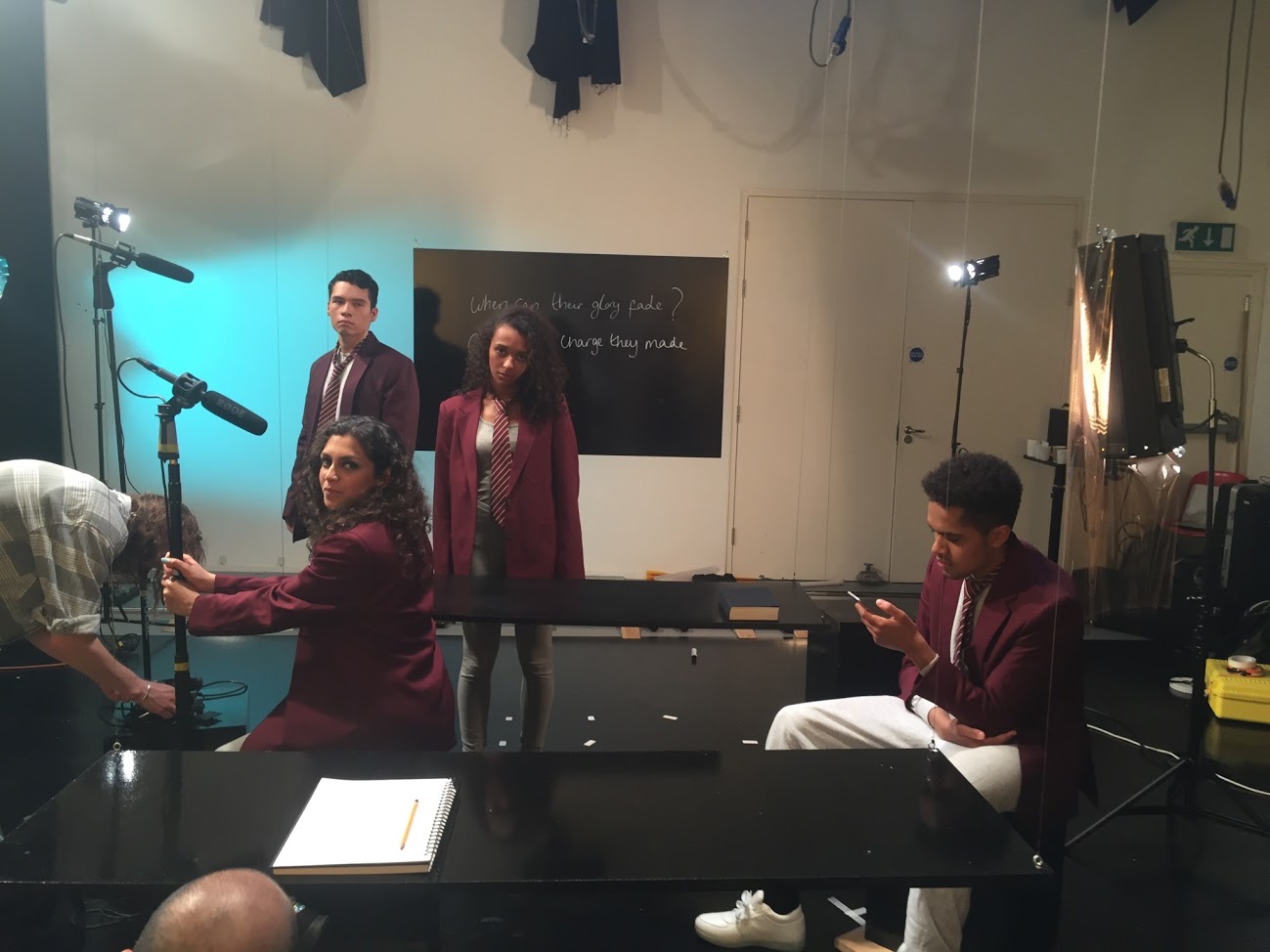
Calum Bowden, Oxygen of Terror (making of), 2016
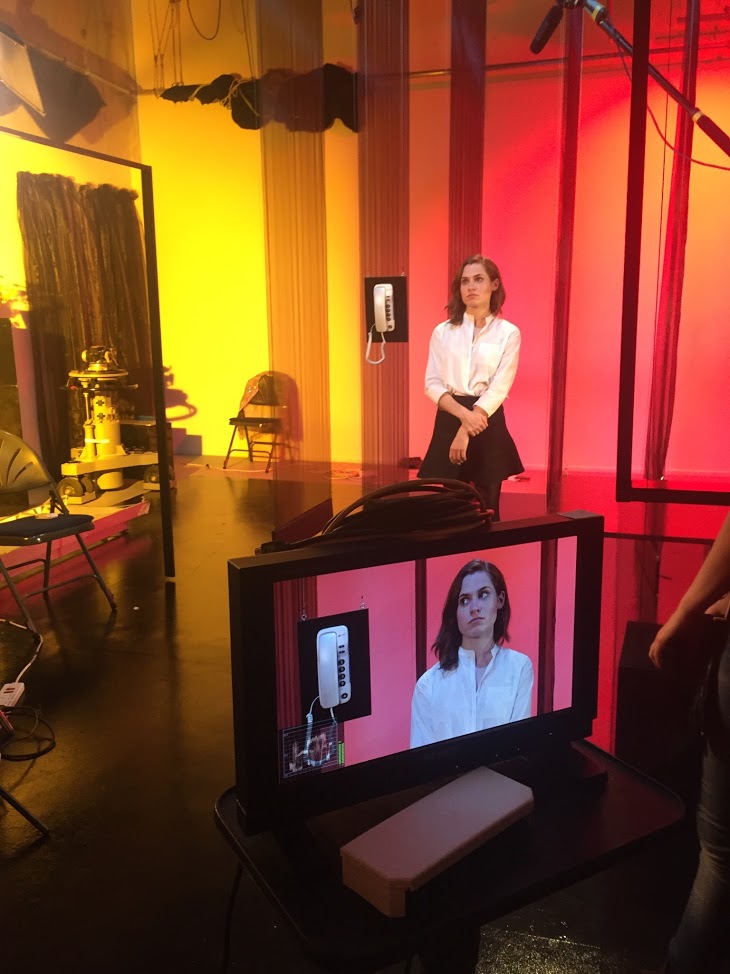
Calum Bowden, Oxygen of Terror (making of), 2016
Why did you want to tell this story of a young guy wrongly accused of being an extremist?
We as a society claim to be fighting ‘terrorism’ but all the laws and policies do the exact opposite. In July 2015 the Prevent duty became British law, which is a duty on all schools and other social service frontliners to prevent people from being drawn into terrorism. The Prevent duty has carried suspicion and fear into schools – which should be the safest of public spaces – putting children under constant surveillance, making them highly aware of whatever Britishness is supposed to be and how they might not satisfy the criteria, and terrifying them of looking like whatever a ‘terrorist’ might look like. Prevent also puts unnecessary pressure on teachers – many young, inexperienced, and from completely different backgrounds than those of their students – turning teachers into government spies and distracting them from actually teaching. In March 2016 the Nation Union of Teachers took a stand against Prevent, rejecting the scheme because of how it causes ‘suspicion in the classroom and confusion in the staff room’. On the other side, ISIS has developed sophisticated propaganda techniques that brand terrorism as something extremely appealing, drawing on the exact same feelings of difference and alienation that the terrorism acts and the Prevent duty continue to amplify.
Do you think that the work has less power/validity because after all, you are a blond English guy, thus not the typical person who’d be suspected to be a terrorist?
I think it definitely has a different validity (Also I was born and grew up in the United States but hold British citizenship). Storytelling is always political – from whose voice, from what perspective, sedimenting what kind of worldview. The stories we choose to tell create realities. For me it’s important to develop an understanding of the society I’m a part of and the privileges I’m given. While we claim to value tolerance, society becomes even more stratified by class and race. Today we are less likely than ever before to encounter people or information we don’t already agree with.
Oxygen of Terror highlights the implications of liberalism and how superficial it is. After the murder of Joe Cox, few initially called the middle-aged white man who attacked her a terrorist, as if his political intentions weren’t clearly heard as he yelled ‘Britain First’ before killing her. After the deadliest mass shooting in US history at the Orlando gay club Pulse, many hid the homophobic nature of the hate-crime behind stereotypes about terrorism and islamic extremism. The issues surrounding what we call terrorism make visible the violence needed to maintain our sense of order and stability. As Nina Power writes, for someone who doesn’t see the violence needed to maintain the Western world order, and its racist and coercive domestic and foreign policies, terrorism seems irrational and random. Terrorism is like a glitch that forces us to confront the mass violence that has replaced legitimate political power in the West. A localised sense of stability, the sense of privilege, denies the disintegration of the whole. Terrorism brings that disintegration to the surface.
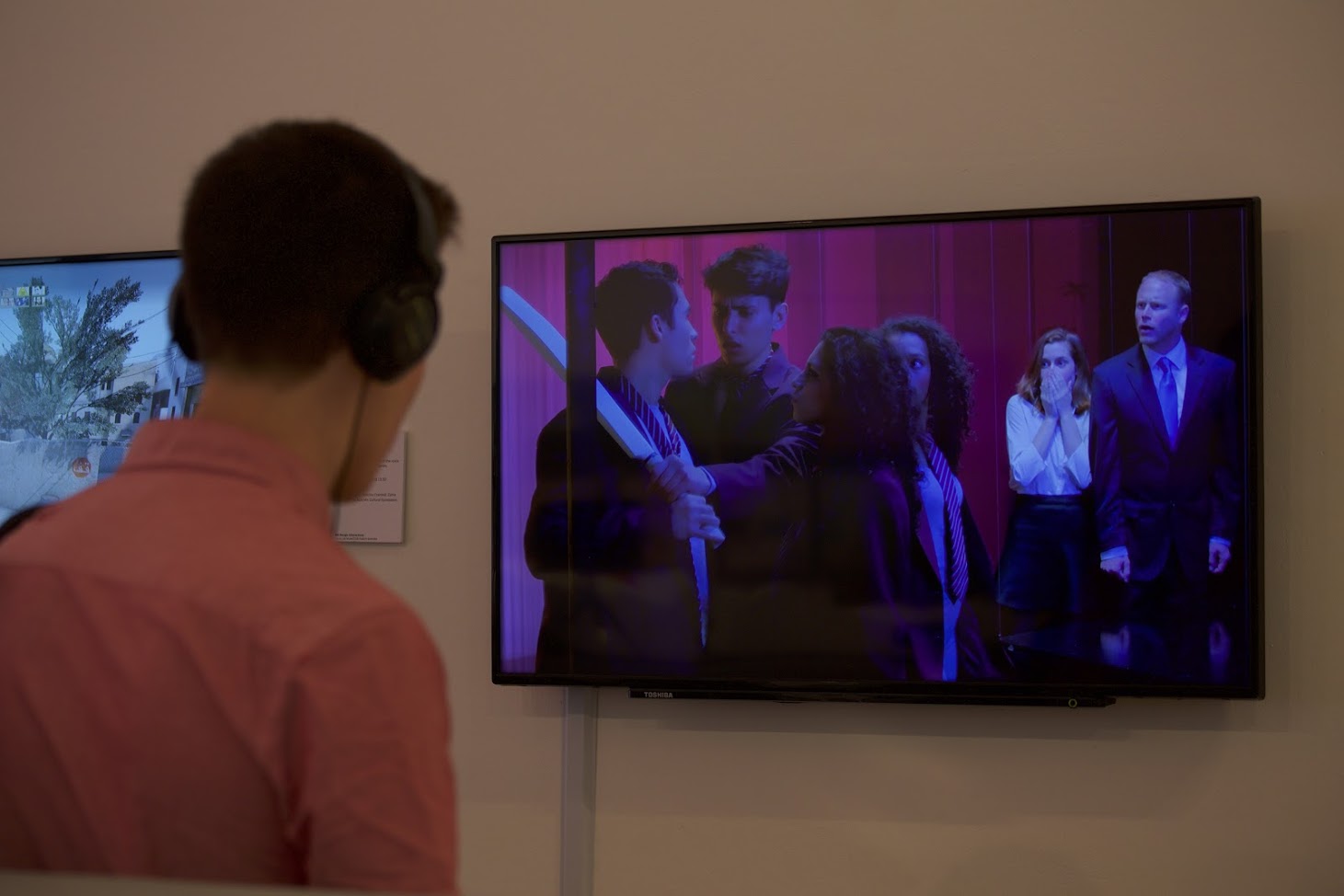
Installation view at the RCA Graduation show
Both works you were presenting at the RCA Show deal with violence in one form or another. What else binds them together?
In her essay On Violence, Hannah Arendt argues that the opposite of violence isn’t non-violence, but power, understood as the human ability to act in concert. She says that while violence can destroy power – which are simply social bonds and relationship – it is incapable of creating it.
Calls of Duty and Oxygen of Terror both work to form short circuits that critique relationships between violence and power, and between ideology and action. Both projects work to explore what this kind of power might look like today, the strength of the voice, and ways that power is created in both positive and negative ways: ACF’s community centre, youth leadership programmes, and social media campaigns; Lucy Reynolds’ A Feminist Chorus; or the Hollywood musical that denies black people the freedom to break the confines of life.
What’s next for you? Any upcoming event, field of research, exhibition?
On Thursday 7 July 2016 I will be running Calls of Duty at V2_Institute for the Unstable Media, Rotterdam, The Netherlands, part of their event Test_Lab: The Graduation Edition.
Thanks Calum!
All images courtesy of Calum Bowden.


